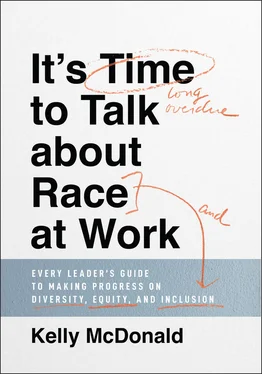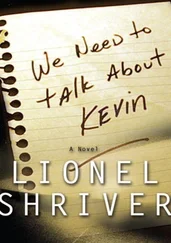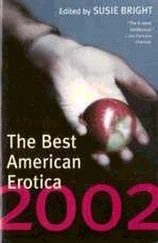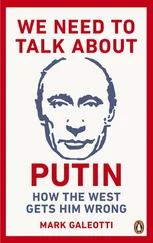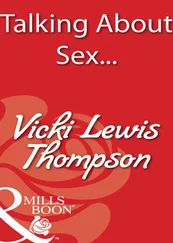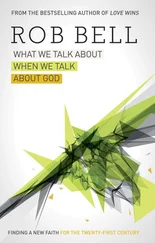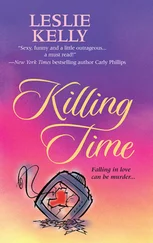The coworker or colleague who is struggling to work alongside people who are different and is afraid to say anything that may not be “politically correct” because they fear being fired or labeled as racist, sexist, homophobic, xenophobic, etc.
The coworker or colleague who is culturally aware and sensitive to the inequity of others (“woke”) and wants to be an effective ally to diverse team members.
The person who wants to be a better neighbor, friend, volunteer, community member, parent, teacher, partner, client, customer, civil servant, business owner, or church member—in other words, anyone who just wants to be a better person.
What This Book Is—and Isn't
Let me tell you what this book is not . This is not a book about activism. It is not a book about racial or social injustice. While the very topic of diversity must encompass the recognition that our society, and especially the workplace, is not currently racially or socially just, this book will not be dissecting root causes, nor will it be lamenting the impact and effect of such injustice.
This is a business book. This book will show you, as a businessperson, why identifying and addressing your diversity blind spots is important to your business. It is a practical road map from a business perspective, not a bunch of theory, to help you get started.
I will take you through the problems that most businesses have with diversity efforts, the most common mistakes that businesses make when trying to create a diverse and inclusive work culture, and the obstacles that can derail diversity initiatives and give diversity a bad name.
This book is titled It's Time to Talk about Race at Work , but shouldn't we have been talking about it before? Yes. Absolutely . As a society, we should have talked about race a long time ago, and this conversation is long overdue. For businesses, it's been a challenge, because while many, many companies and organizations have created diversity initiatives, programs, recruiting methods, and training, they haven't done a good job with how to really talk about race at work, how to identify and work through the obstacles, discomfort, and tension to build effective plans that tackle these thorny subjects. Our inability to talk about race was the catalyst for this book, but I believe that it's hard for us to talk about diversity and our differences in general. Throughout this book, I will use examples of different kinds of diversity that we encounter at work. Race is the anchor, but women, people of color, LGBTQ+, those who have disabilities, those of different generations and religious groups, and more will also be discussed.
In writing this book, I found myself often overwhelmed with the sheer complexity of it. There are a million facets and layers and I struggled with what to cover and what to leave out. I could fill five books on this topic and never cover it all. This book is designed to get you started —to help you have the conversations you need to have but are anxious about having. You'll become more comfortable with what is currently uncomfortable. It will provide you skills that can get us all talking to each other and maybe, just maybe , help in narrowing the huge divide we all feel.
You picked up this book for a reason. You're a good person—and you're also brave. It takes bravery to talk about subjects that make people squirm. It takes courage to say, “We can do better. We can be better.” It takes commitment to start somewhere. So let's get started.
CHAPTER 2 You're Not Racist, but You Have Blind Spots
Did you know that babies have bias? Several studies show that babies as young as three months exhibit bias. Researchers have found that six- to eight-month-old infants are more inclined to learn information from an adult of his or her own race than from an adult of a different race. Babies of any age gaze longer and are more likely to follow visual cues of people of the same race. And babies associate positive music with people of the same race and sad music with people of different races.
How is this possible? How can babies be prejudiced? Where and how do they learn something so destructive at such a young age? The answer is that they don't learn it. And they're not prejudiced. They're biased .
Bias does not mean prejudice . Bias means preference . The Collins English Dictionary definition of bias is this: “Bias is a tendency to prefer one person or thing to another, and to favor that person or thing.” Babies who are just 90 days old cannot possibly be prejudiced, but they can show preference toward own-race faces over other-race faces. When it comes to learning (which is pretty much all that babies do, besides eating and sleeping), studies show that infants are more inclined to learn information from an adult of his or her own race than from an adult of a different race, especially when it comes to learning under uncertainty.
This observation is important to know and understand because it means that bias is in us. We are born with it. All of us. It does not mean we are born prejudiced; it just means that we have an innate, inherent preference for people who are like us. This probably isn't that shocking when you think about how the human species has survived all these years. We gravitated to, and stayed with, tribes and communities of people who looked like us because that meant safety and protection. Our very survival depended on it. With babies, their first visual contact of other people is usually their parents who are of the same race as they are, and because they form a preference for their parents (and what they look like), they feel safety, trust, or protection when looking at someone who looks like they do.
One of the things I found most fascinating about the various “babies and bias” studies is that babies are not negatively biased toward other races; they are simply positively biased toward their own race . In other words, they show preference for their own-race faces. That's exactly what bias is—preference, not necessarily prejudice.
No one wants to think of themselves as biased, but if you're going to make progress on race and diversity at work, you have to realize that most people, probably including you, have racial preferences, or unconscious bias. Your natural reaction to this may understandably be an immediate, emphatic, and indignant rebuttal: “I'm not biased! I am the least prejudiced person in this company! My brother is gay, and my sister's husband is Black, and my best friend is from another country!!!” and so on. Why do people have such a strong reaction to the word bias ? Because many people believe that if someone is biased, they hate “others.” However, bias does not equal hate, despite what some people think.
Many companies put tremendous focus, time, and resources into diversity, equity, and inclusion training. That training almost always begins with discussions about unconscious bias, the unconscious beliefs and stereotypes we all have about various social or identity groups of people. Our brains attempt to categorize and organize the social world around us and the result is unconscious bias. It's normal. But the word bias is so loaded and perceived to be so negative that people fight it tooth and nail. They mistakenly equate it with racist , sexist , or other negative - ist words. No one wants to think of themselves in such awful ways, nor do they want anyone else to think of them that way, especially at work . Our careers, reputations, and livelihoods depend on us being well regarded at work. We feel accused when the word bias comes up, and we become very, very defensive. If we are going to have effective conversations about race at work, we have to get past our defensive reactions to the word bias and understand that our biases create problems in business. Our biases can turn into blind spots.
Читать дальше
